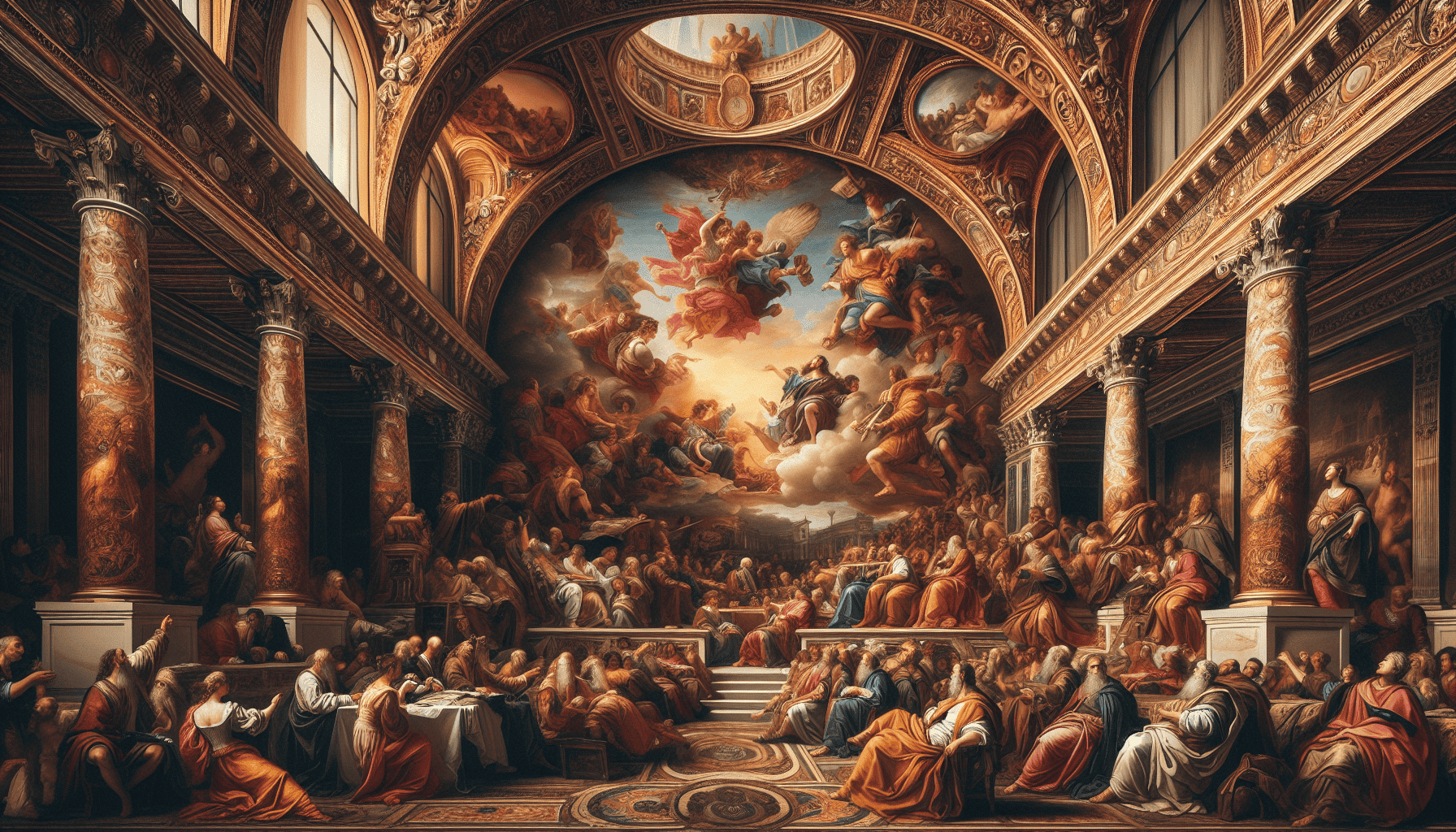The Renaissance era, spanning from the 14th to the 17th century, was a period of immense cultural, artistic, and intellectual revival in Europe. It marked a profound shift from the medieval period, characterized by the resurgence of classical philosophy, literature, and art. This remarkable epoch brought forth a renewed appreciation for the aesthetics of Ancient Greece and Rome, centering on the concepts of harmony, proportion, and balance. Today, the timeless masterpieces created during this period continue to inspire and captivate the world, embodying a classic elegance that remains unrivaled.
At the heart of Renaissance art is a celebration of humanism, the belief in the potential and beauty of the individual. Artists of this era sought to create works that not only captured physical likeness but also conveyed emotion and intellect. One of the most extraordinary examples of this pursuit is Leonardo da Vinci’s "Mona Lisa," renowned for her enigmatic smile and the masterful application of sfumato, a technique that creates soft transitions between colors and tones. The surreal yet profoundly human expression on her face has intrigued art enthusiasts for centuries, symbolizing the silent yet potent elegance of Renaissance art.
The grandeur of this period is also exemplified through the intricate frescoes of Michelangelo, who transformed the ceiling of the Sistine Chapel into a visual symphony of biblical scenes. Through his expert use of perspective and foreshortening, Michelangelo achieved an unprecedented level of realism and dynamism. His depiction of the Creation of Adam, with God and Adam’s outstretched fingers almost touching, amidst a vibrant celestial background, is a testament to the spiritual and artistic depths that the Renaissance artists strived to reach. The elegance of Michelangelo’s work lies in its ability to transcend time, embodying themes of creation and humanity that resonate universally.
Moving beyond individual artworks, the Renaissance era also left a significant legacy in terms of architectural elegance. Buildings such as St. Peter's Basilica in Vatican City and Florence Cathedral are embody the principles of symmetry and harmony. The use of columns, domes, and rounded arches in these structures harks back to classical antiquity, yet the innovative designs speak to a new era of creativity and sophistication. The integration of art and architecture during this period forged spaces that are as immediately striking as they are timeless, continuing to serve as a source of inspiration for architects and designers worldwide.
The Renaissance wasn't confined to visual arts alone. Literature, music, and philosophy also flourished, with figures such as William Shakespeare, Giovanni Boccaccio, and Niccolò Machiavelli contributing to its profound cultural impact. The enchanting prose of Shakespeare, with its exploration of the human condition, paired with the inventive melodies of composers like Palestrina, helped define an era that valued emotional depth and intellectual exploration.
Experience the grandeur of the Renaissance era through these impeccable art pieces that have come to symbolize an ideal of classic elegance. Each masterpiece, whether a painting, sculpture, or architectural marvel, offers not only a glimpse into the past but also timeless inspiration that continues to influence contemporary art and culture. Through the unrivaled renaissance of human creativity and the pursuit of beauty, the legacy of this remarkable period endures, evoking admiration and wonder in the hearts and minds of those who seek to understand the elegance of human expression in its purest form.
